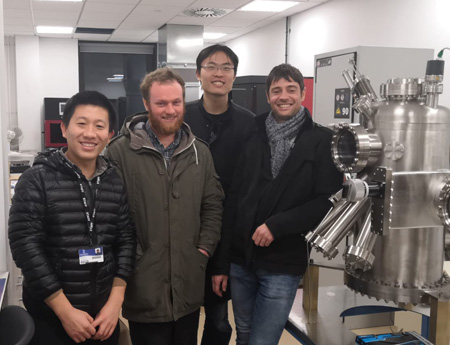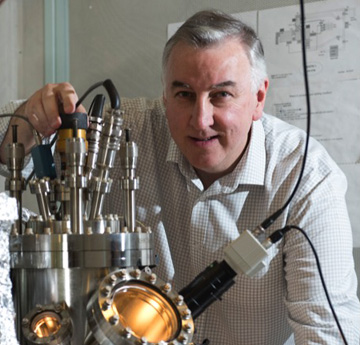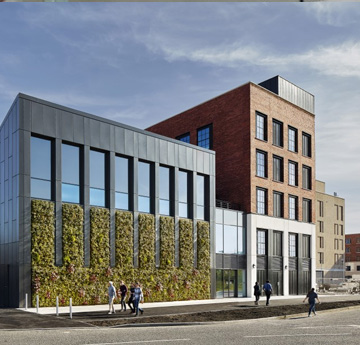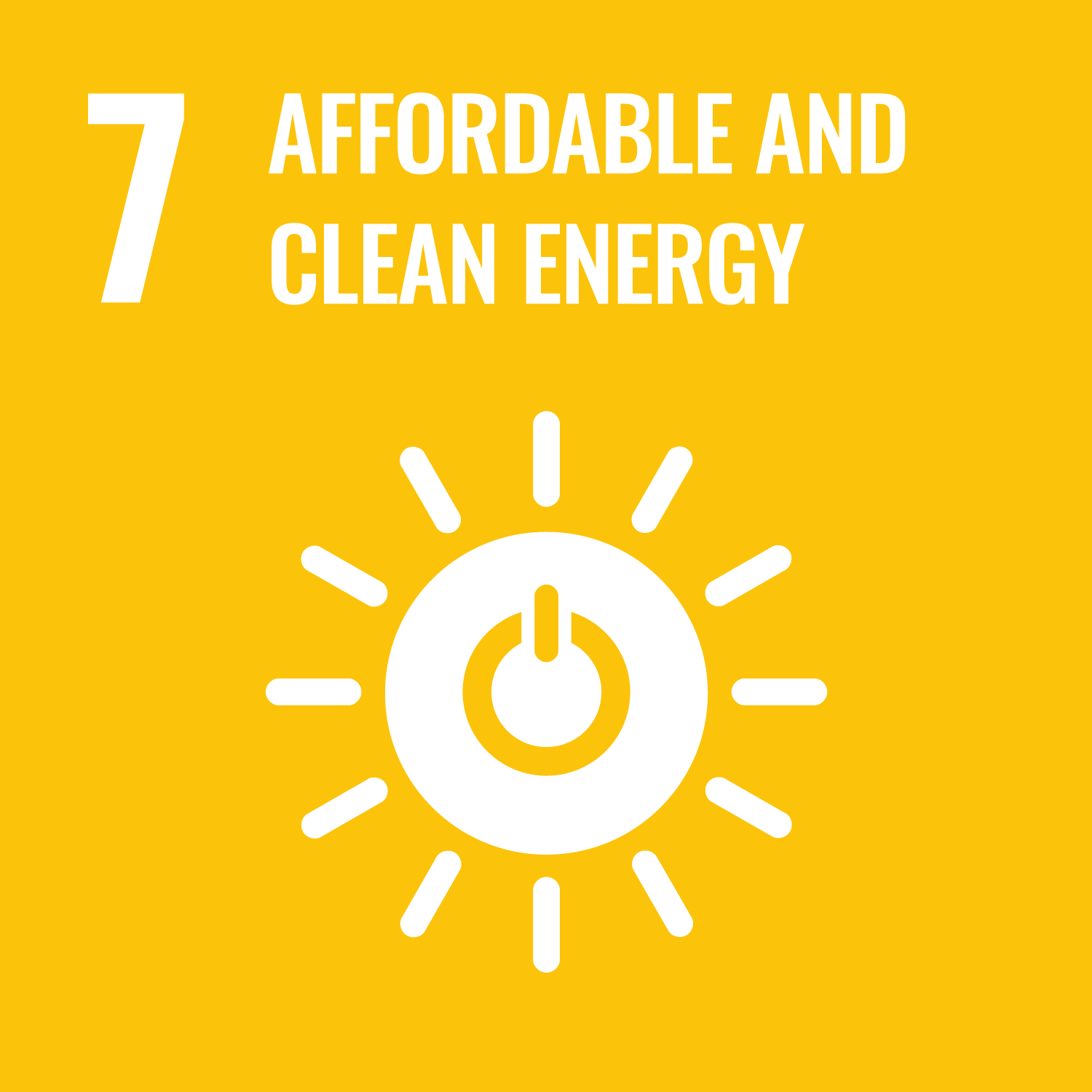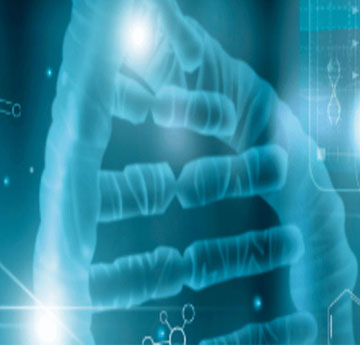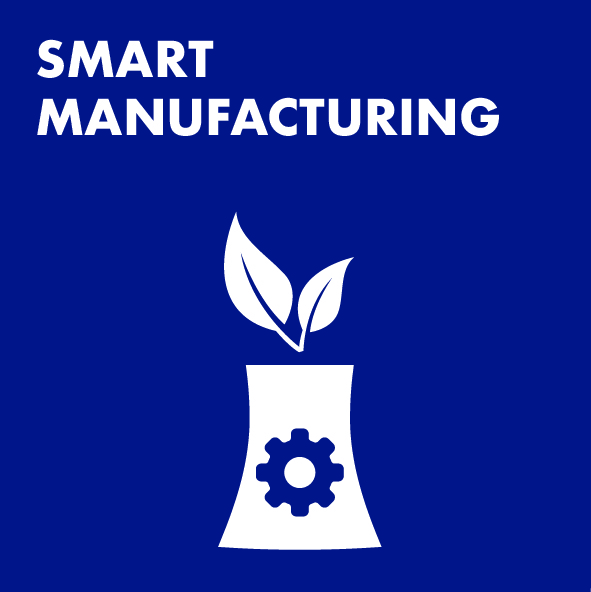In the early 1980s, instruments were designed to generate a beam of very small, multi-atom particles called clusters.
Researchers soon realised that a beam of these clusters (nanoparticles) could be deposited in a vacuum chamber onto a solid surface to create a thin film of nanostructured material.
These nanostructured surfaces can be used as catalysts for chemical reactions; templates for fabricating nanostructures; and to capture biological molecules, for example, cancer cells in blood.
However, a known problem with this approach is the limited intensity of the beams which leads to a slow rate of deposition.
To overcome this problem researchers from Swansea University, led by Professor Richard Palmer, developed a new machine called the Matrix Assembly Cluster Source (MACS).
MACS differs from a traditional cluster beam machine in two main ways:
- A frozen, cryo-matrix is used to cool the atoms leading to more efficient cluster formation.
- An energetic ion beam is used to create a cascade of collisions between the atoms, essentially ‘projecting’ the clusters onto the chosen surface.
These two ideas together make the MACS concept.
Richard and his team received support from the Leverhulme Trust, EPSRC and Innovate UK to develop a MACS prototype along with a series of improved practical instruments
MACS is mainly used to create catalysts which can be applied in a number of industrial processes such as the creation of sustainable hydrogen fuel (using cobalt clusters as a catalyst) and the treatment of water (using silver clusters as a catalyst).
MACS can also be used to:
- Enhance the response of gas sensors.
- Produce light-emitting quantum dots which are key to future optical and electronic devices (a project Richard is working on with the University of Grenoble).
- Capture proteins in label-free diagnostic biochips.
- Make multi-functional clusters for cancer therapy with MRI imaging.
The MACS technique is promising for manufacturing applications as it has several advantages over more traditional techniques:
- The technique is free of solvents and is therefore more environmentally friendly compared with current techniques.
- The technique is precise in that the composition of the clusters can be chosen with care, and the clusters generated and deposited are bare and free of contaminants that can inhibit their performance.
- The beam of clusters can be deposited onto all kinds of surfaces.
Richard and his team are open to working with industrial partners and collaborators to explore specific applications in which the versatility, precision, and green credentials of the MACS technique can bring the most benefit.
More information about MACS


